In a world filled with constant stimulation and fast-paced living, finding tranquility and appreciating the beauty in simplicity has become an art form. Enter the Minimalist Wabi Sabi style—a captivating design aesthetic that seamlessly blends the principles of minimalism and the age-old Japanese philosophy of Wabi Sabi. In this blog post, we delve into the essence of this unique style, exploring its key elements and the profound impact it can have on our living spaces.
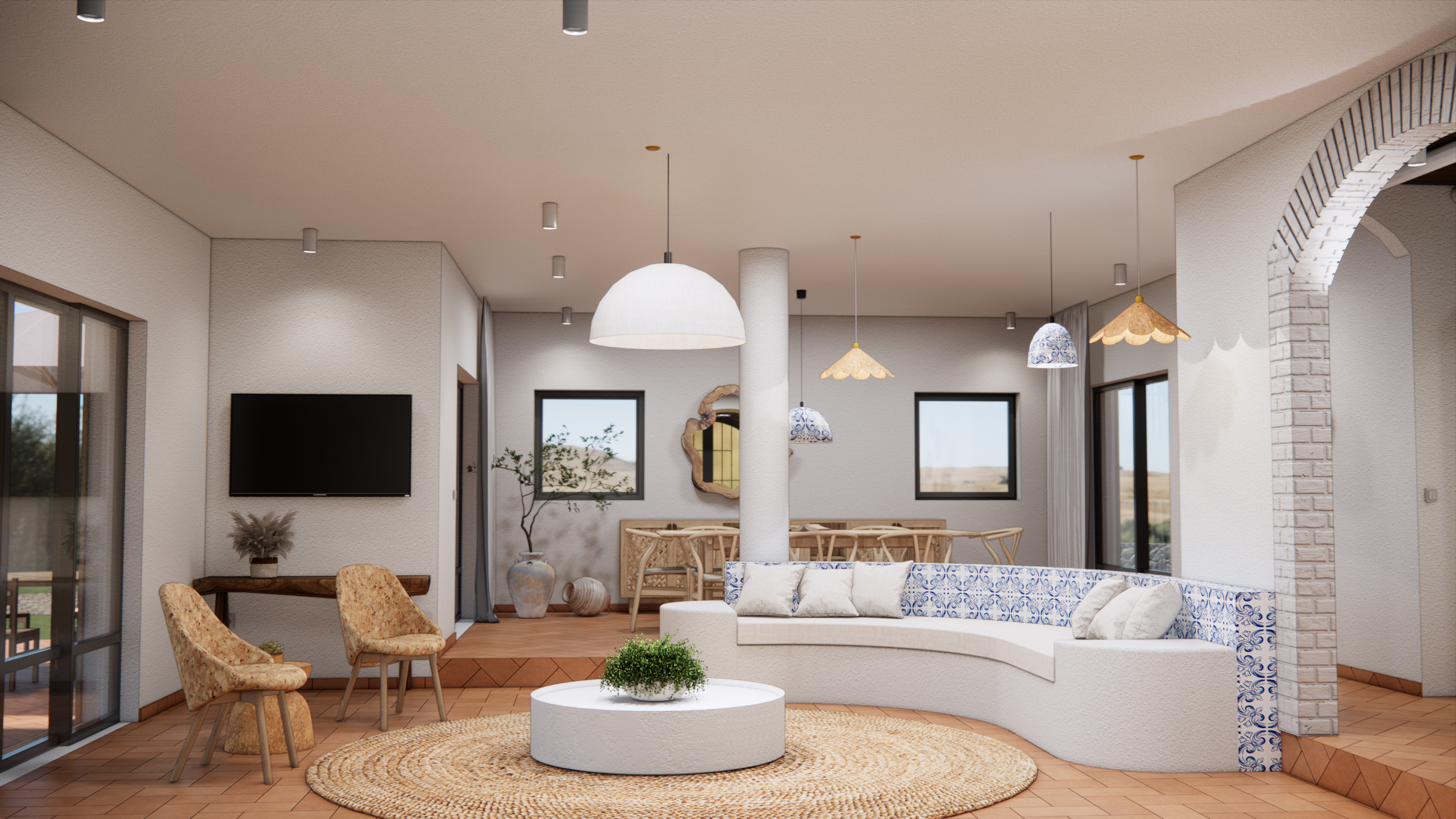
1. Understanding Wabi Sabi:
To truly grasp the Minimalist Wabi Sabi style, it’s essential to understand the philosophy from which it draws its inspiration. Wabi Sabi embraces imperfection, impermanence, and the inherent beauty found in natural materials and textures. It encourages a mindful and appreciative approach to life, valuing simplicity, authenticity, and the passage of time
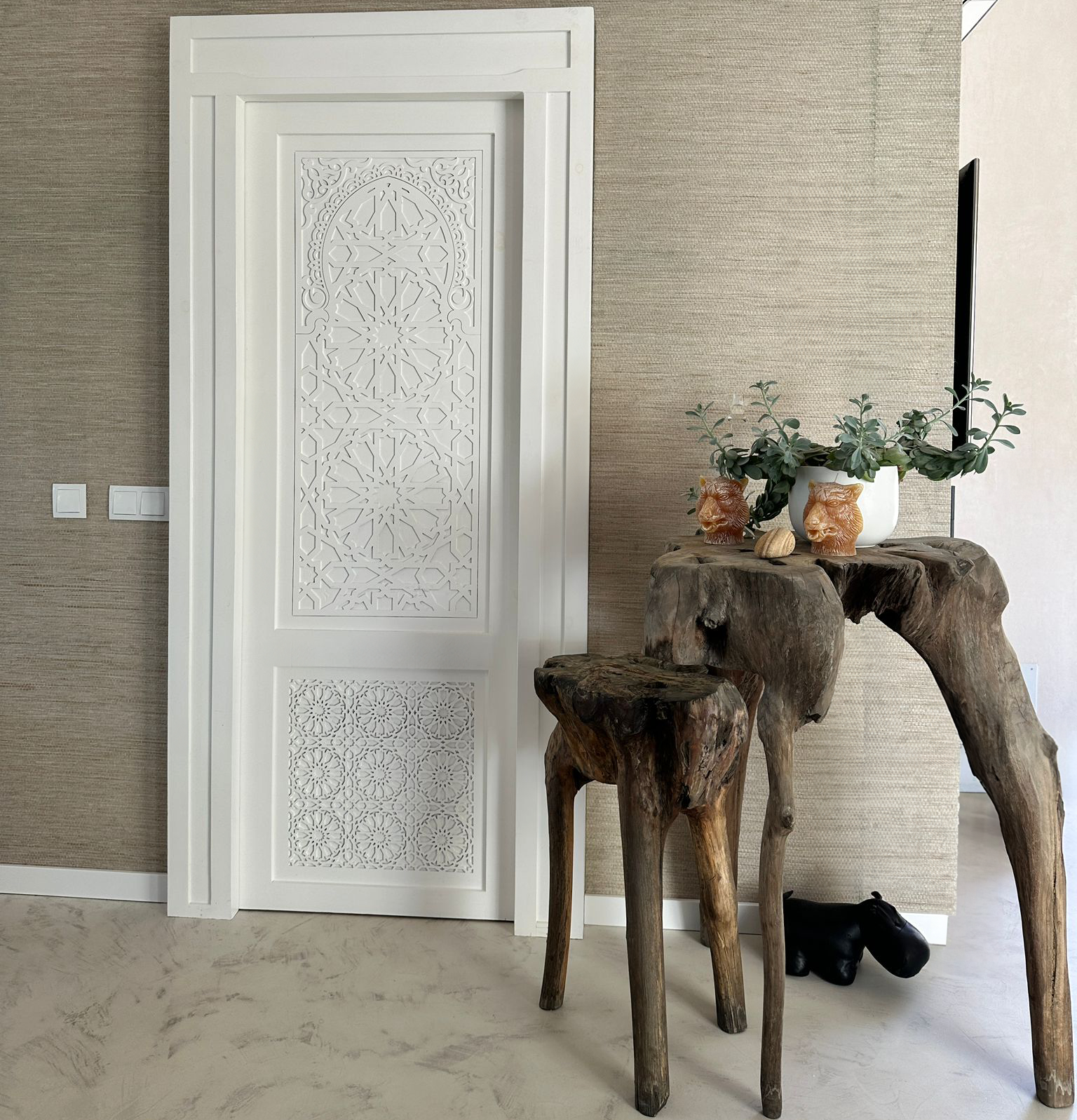
2. Embracing Minimalism:
Minimalism serves as the perfect complement to Wabi Sabi, emphasizing simplicity, functionality, and the elimination of excess. By stripping away unnecessary clutter and distractions, Minimalist Wabi Sabi spaces create a serene and harmonious atmosphere that allows us to focus on what truly matters.
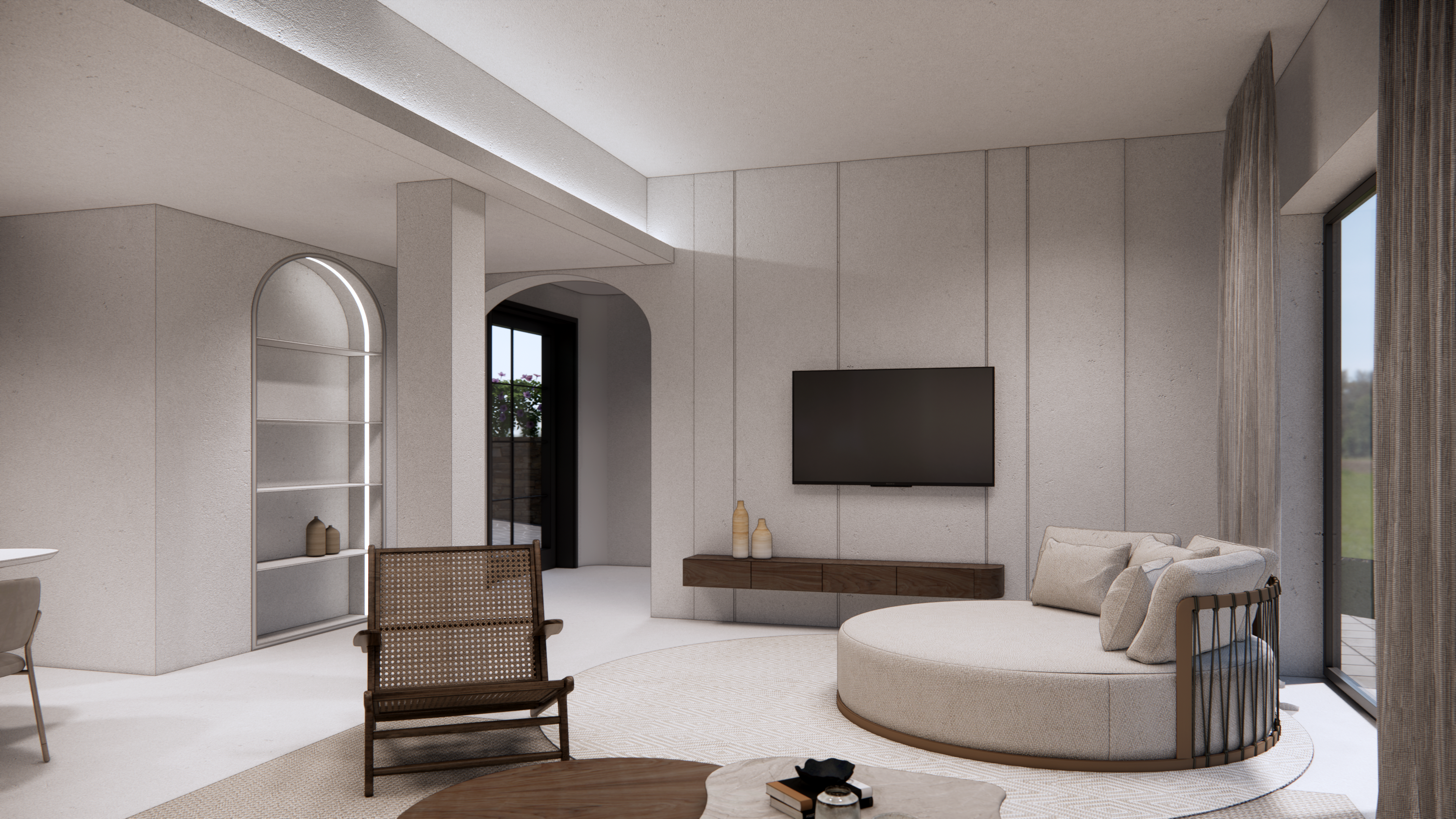
3. Elements of the Minimalist Wabi Sabi Style:
a) Colors and Materials: The color palette of Minimalist Wabi Sabi tends to be subdued, with earthy tones and neutral shades taking center stage. Natural materials like wood, stone, bamboo, and clay are essential, offering a connection to nature and evoking a sense of warmth and authenticity.
b) Clean Lines and Uncluttered Spaces: A hallmark of this style is its emphasis on clean lines and uncluttered spaces. Furniture and decor are thoughtfully selected, and each item serves a purpose. By eliminating the unnecessary, the space feels open, inviting, and conducive to contemplation.
c) Embracing Imperfections: Rather than striving for flawlessness, Minimalist Wabi Sabi embraces the beauty found in imperfections. Cracks in pottery, weathered surfaces, and other signs of age are celebrated as unique characteristics that add depth, history, and a sense of soul to the space.
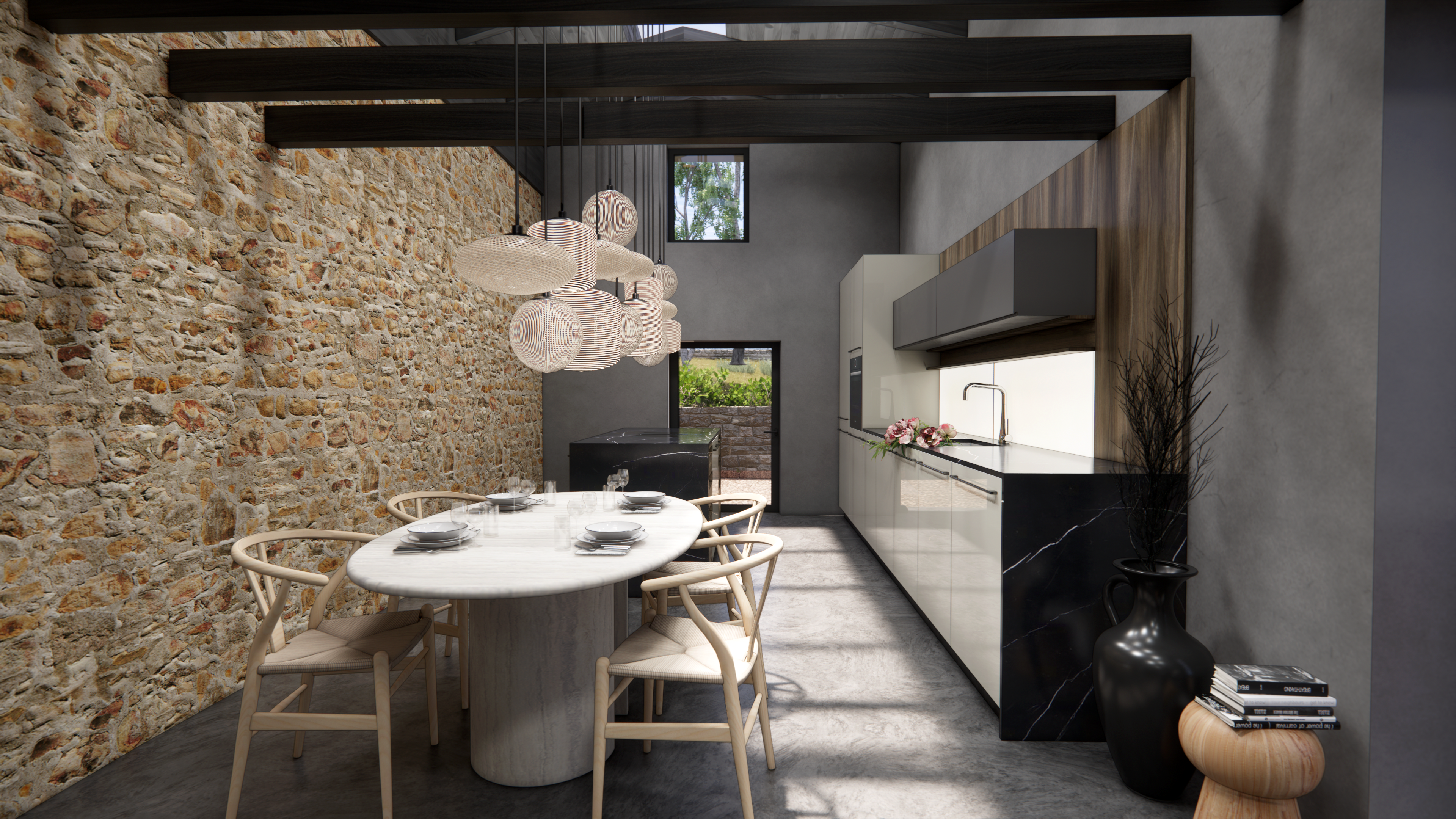
4. Creating a Serene Sanctuary:
Implementing the Minimalist Wabi Sabi style in your own home allows you to cultivate a serene sanctuary that promotes mindfulness and tranquility. From decluttering and simplifying your living spaces to integrating natural elements and incorporating subtle imperfections, every step contributes to a calming and harmonious environment.
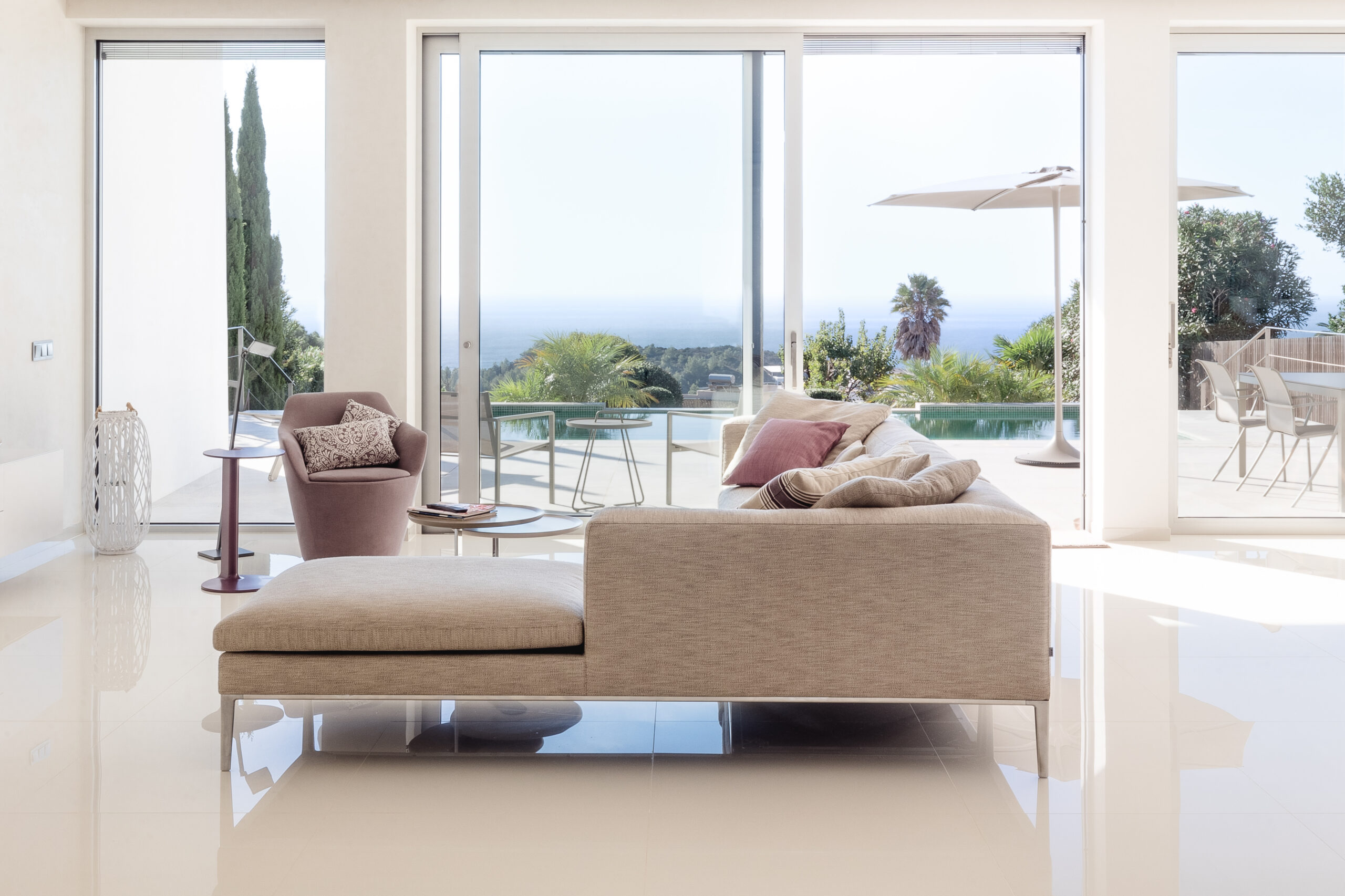
The Minimalist Wabi Sabi style offers a respite from the chaos of modern life, inviting us to slow down, appreciate the present moment, and find beauty in simplicity. By blending the principles of minimalism with the philosophy of Wabi Sabi, we can transform our living spaces into tranquil havens that nurture our well-being and provide solace in a fast-paced world. Embrace the imperfections, savor the simplicity, and embark on a journey towards serenity through the Minimalist Wabi Sabi style.


